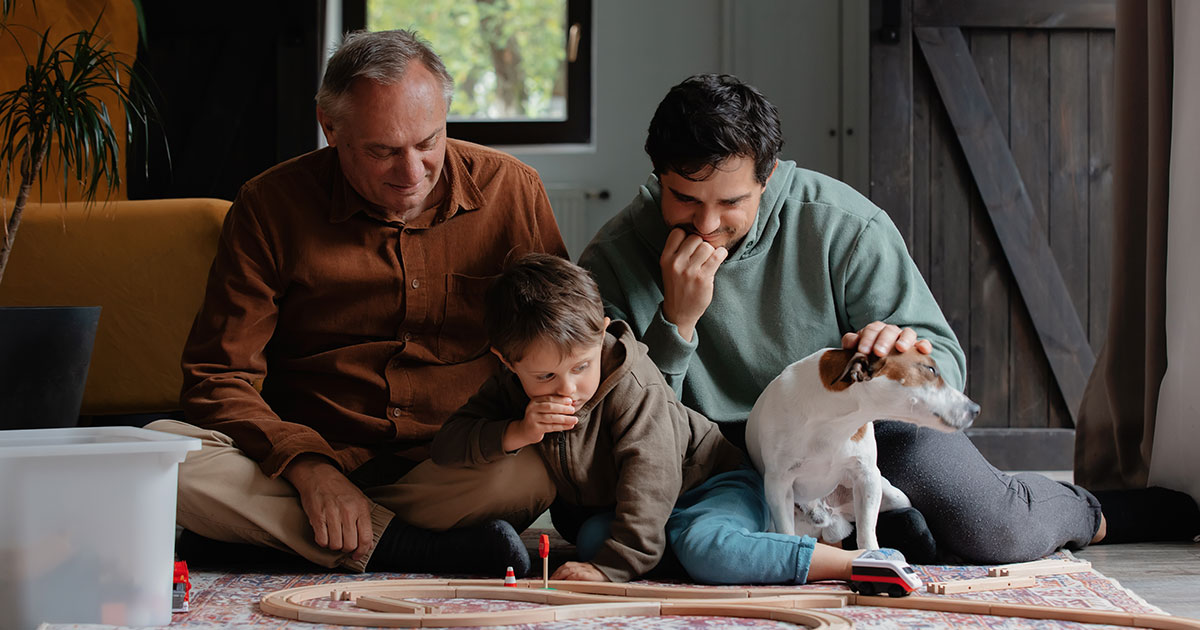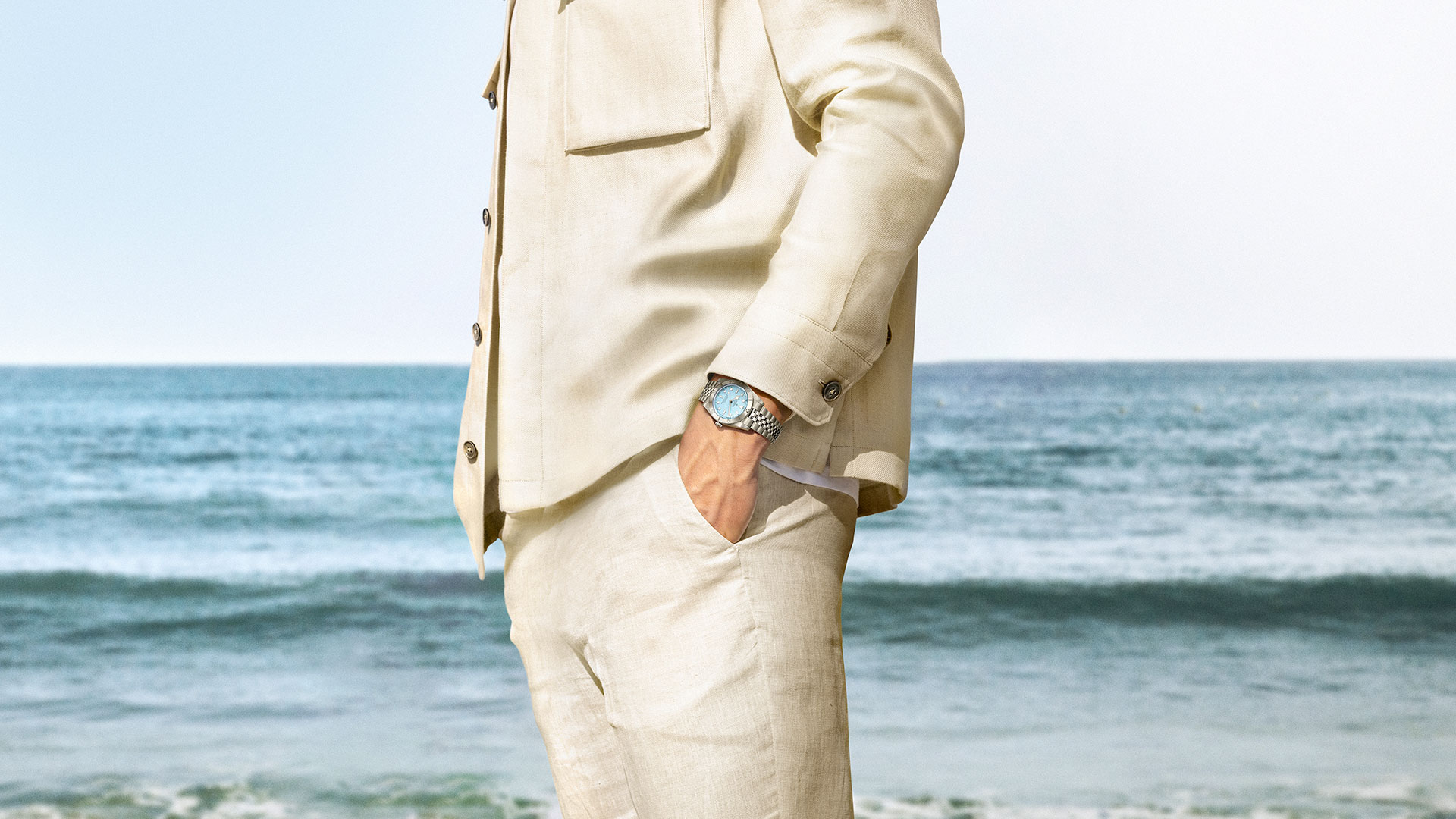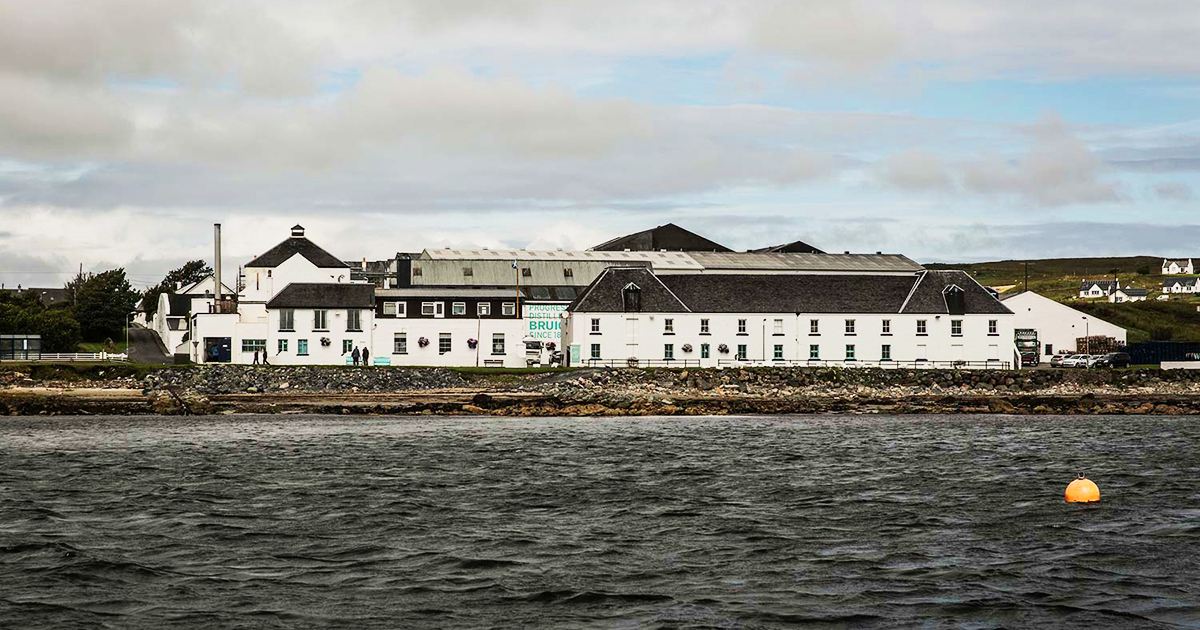
Bruichladdich: The Secret of Islay
Discover the Bruichladdich distillery, the secret of Islay. It produces Bruichladdich, Port Charlotte and Octomore whiskies.
Article published on | 7 minutes of readingYou may remember an article by our collaborator, Mr. Jean-Daniel Perron, in which he introduced us to different gins, including The Botanist which is a product of the Bruichladdich distillery. The latter is located at the southwestern end of the remote Hebridean island of Islay. There, they distill, in addition to the single malt of the same name and the gin mentioned above, the whiskies Port Charlotte and Octomore. I spoke with Tyler Fairfield, ambassador at Rémy Martin, the group that has owned the distillery since 2012, to find out more.
The Bruichladdich Story
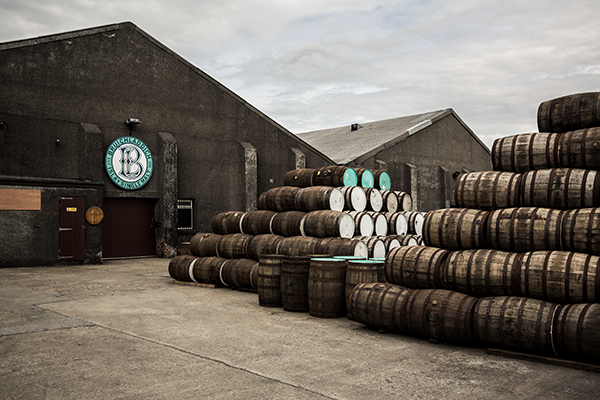
The story of the Bruichladdich Distillery dates back over 100 years, with its origins in 1881. The name Bruichladdich is an Anglicization of Bruthach a “Chladaich, Scottish Gaelic for a hill alongside a river. The entrepreneur brothers, William and Robert Harvey, chose Islay to build their new state-of-the-art distillery in the summer of 1881. After a family dispute, William took control. Bruichladdich was on her own from the start, and it was a roller coaster existence; and upon Mr. Harvey’s death in 1935, the distillery was finally sold, entering the world of corporate whisky.
After a series of consolidations and takeovers, this wonderful distillery was eventually closed after a decade of part-time whisky production. In December 2000, it returned to private ownership when Mark Reynier succeeded in securing the necessary financing to purchase and revive the distillery.
Deliberately, they raised only private capital, a third linked to Islay itself, and no company or capitalist around. Only hand-picked long-term investors, intrigued by the vision of making whisky the way it was, with the romance in their souls of knowing that it would be a journey, not a destination.
The Jim McEwan Arrival
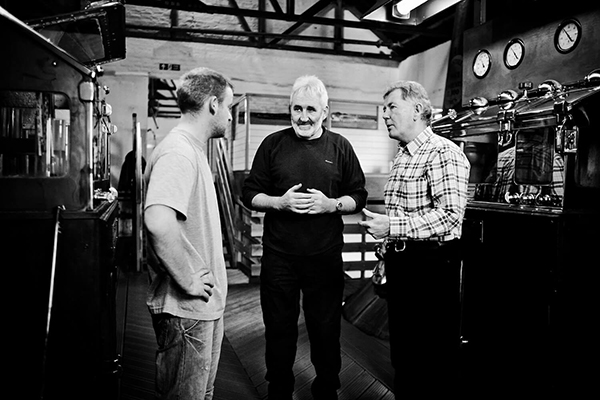
With this in mind, Jim McEwan, a legend at Bowmore Distillery, was hired as Master Distiller and Production Manager. Between January and May 2001, the entire distillery was dismantled and reassembled, with the original Victorian decor and equipment. Having escaped modernization, most of the Harvey brothers” machines are still in use today. No computer is used in production, with all processes controlled by hand-picked skilled craftsmen who transmit information orally and measure progress using gauges and simple flotation devices.

These highly skilled men are determined to make whisky the way they’ve been taught: that is, by hand, taste, nose and eyes. They rejected the start of modern automation and homogenization. They would only consider production methods that place the quality of the liquid above all else. Adam Hannett took over Jim McEwan in 2015.
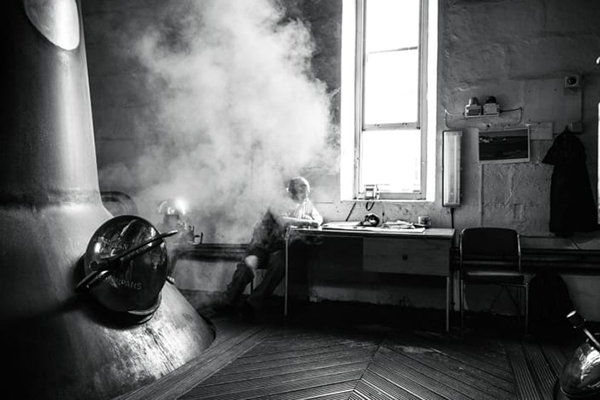
In 2012, Rémy-Cointreau acquired Bruichladdich. The latter was as determined as they were to maintain this independent and innovative philosophy. Not aligned with the rest of the mainstream whisky industry, they have complete freedom of expression and the latitude to follow the Muse of the Distillery wherever she takes them.
The whiskys
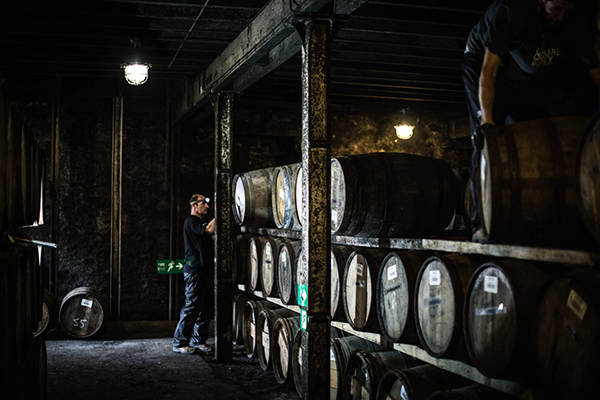
While in several distilleries, you will find whiskies according to age (12, 14 or 18 years old, for example), at Bruichladdich, it is something very rare. The products are made according to the preferences of the artisans. The three families are very different. The Bruichladdich is not peaty at all, at least compared to what you can get in Islay, the Port Charlotte is a very peaty whisky made in exotic barrels and finally, Octomore, which is the pinnacle peat. For your information, the peatiness of whiskies is measured in PPM or parts of phenol per million. The higher the number the more peat is present.
Bruichladdich
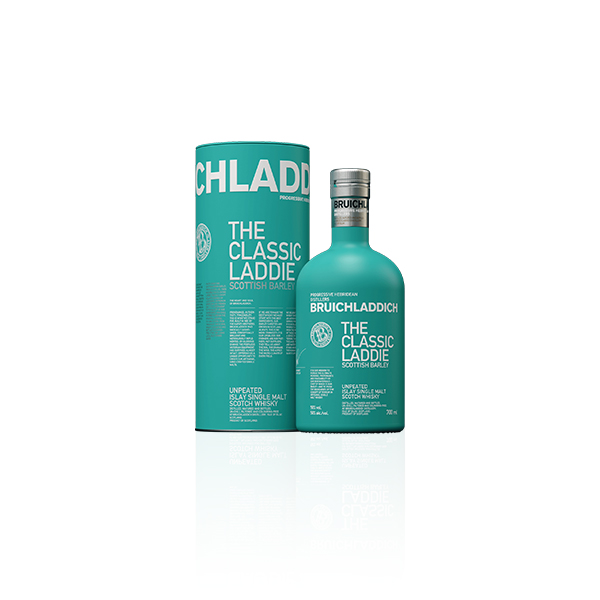
The Bruichladdich whisky range is unpeated, floral and complex. Distilled from 100% Scottish barley and using much of the original Victorian machinery of the Harvey brothers, it uses artisanal methods unchanged since 1881. It is natural, unfiltered, dye-free whisky.
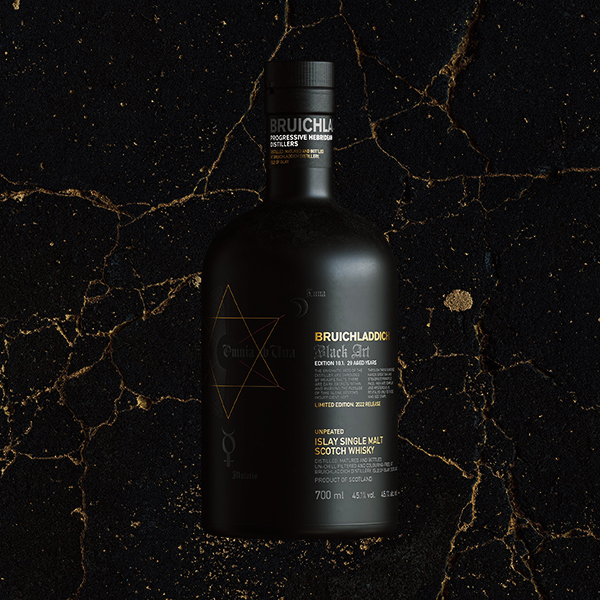
The Black Art. Here is something special. Several decades have passed since that unpeated spirit emerged from their ethereal Victorian still. The people who were present in 1994 would have no idea of his fate. Each chosen cask has been identified and maintained over time under the direction of their Chief Distiller. The ultimate goal in their mind was to capture a bit of time and history of the distillery at a precise moment. Few responsibilities are as intimidating as the composition of this cuvée. Lesser distillers would not be willing to release their best barrels in a totally unexplained, totally secretive way. And yet, those who are aware of this alchemical liberation have full confidence in the hands of Adam. After more than eight versions, this disclaimer has been justified. Will you take the risk?
Port Charlotte
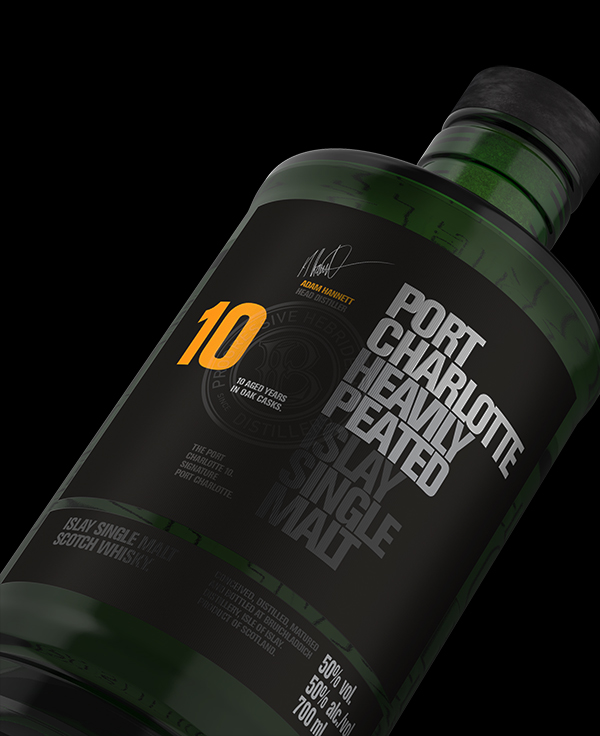
For Port Charlotte, a single malt heavily peated is up to 40 ppm. The fillet distilled through their large, narrow-necked still, the resulting rich and aromatic alcohol has all the power of peat with the elegance and finesse for which the stills are renowned.
Their spirits mature their entire lives in warehouses on the Loch Indaal side of Islay, gradually responding to the sea, the air and the unique seasonal changes of Scotland’s west coast. His team carefully monitors each cask before being bottled in Harvey Hall, using spring water from Islay.
Port Charlotte single malt explores the intricacies of natural whisky through the provenance of the barley, the influence of the cask and the passage of time. It is the living proof that their values are rooted in provenance, authenticity and transparency.
One of the most sought-after whiskies in this range is the MRC: 01. Bottled at 59.2% alcohol and in limited numbers, the 2010 Port Charlotte MRC: 01 is distilled from 100% Scottish barley from the region of Invernesshire. This sweet and fruity alcohol has spent time filling American whisky casks and second filling in French wine barrels. These constituent parts were combined and aged for an additional year in the best French oak barrels from the left bank of Bordeaux. It is forbidden to tell you what these barrels are, but you will find it if you can guess the acronym.
Octomore
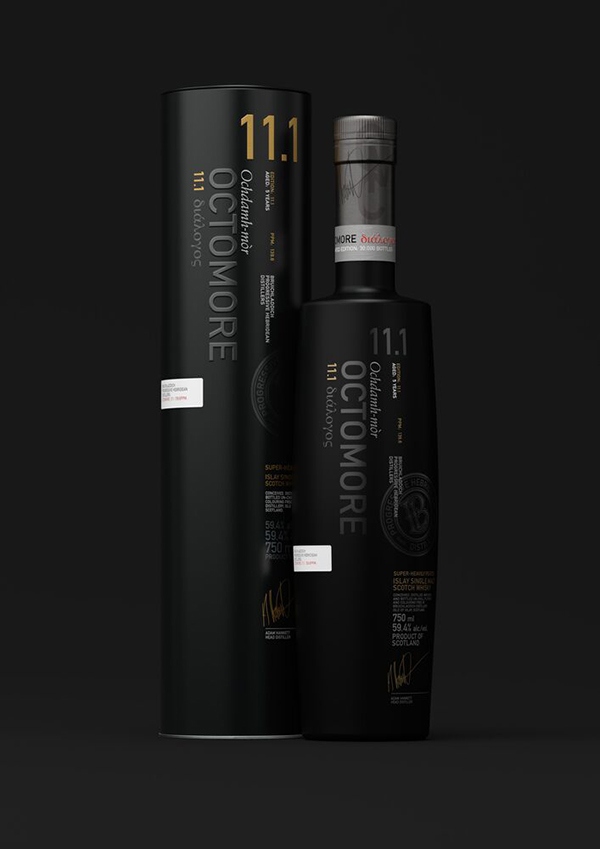
At Octomore, although it is very peaty, it is a whisky which, due to its manufacturing process, contains little of the medicinal side of the empyreumatic palette, which may displease some, unlike the competition. This result allows for deeper and more interesting notes, according to Mr. Fairfield. This branch of single malts has challenged the wisdom of whisky since their first distillation in 2002. They are sometimes bottled at 5 years old, always very peaty and resistant to the cask. Each edition is a liquid embodiment of what they call “The Impossible Equation.”
The team loves to challenge preconceptions about what constitutes a quality whisky. In each new set of four, they consider the elements that contribute to the depth and balance of each drop of youth. Is it the supply of raw materials? Is it the careful selection of the quality and style of the wood? Or is it under the influence of nature; weather, climate, soil? In the end, these are incredible liquids every time.
This was a small overview of the three ranges of the Bruichladdich distillery
This was a small overview of the three ranges of the Bruichladdich distillery. You can learn more about the distillery and Islay in the film ‘The Water of Life’.
This article was originally published in Gentologie magazine Issue 8.
Note: When we learn that an error has slipped into our site, we report it by correcting it. If you notice an error, please inform us by contacting us through our Contact us page.


